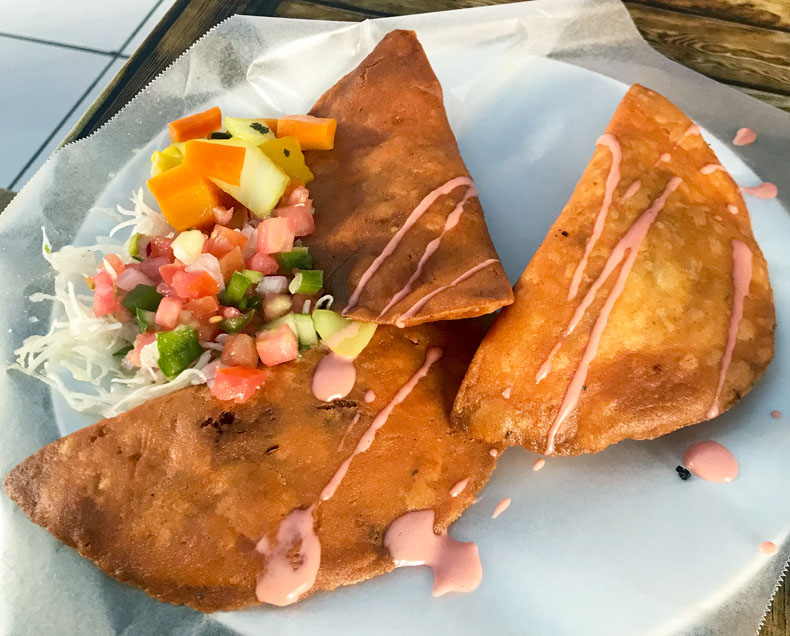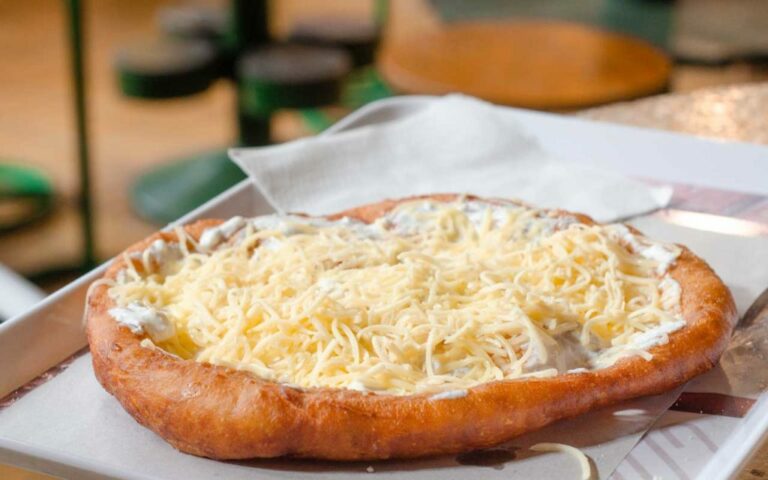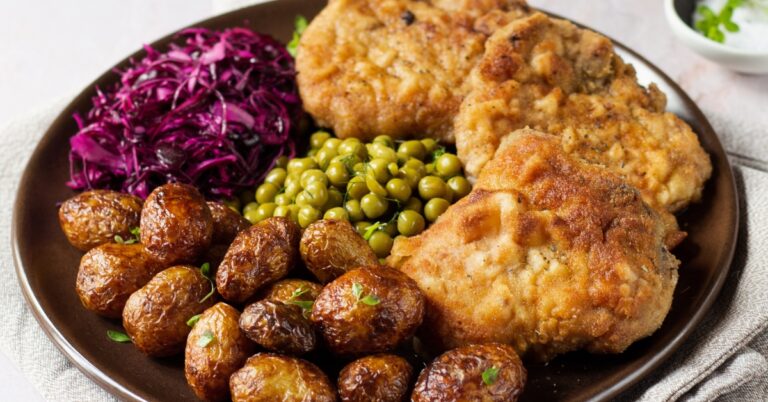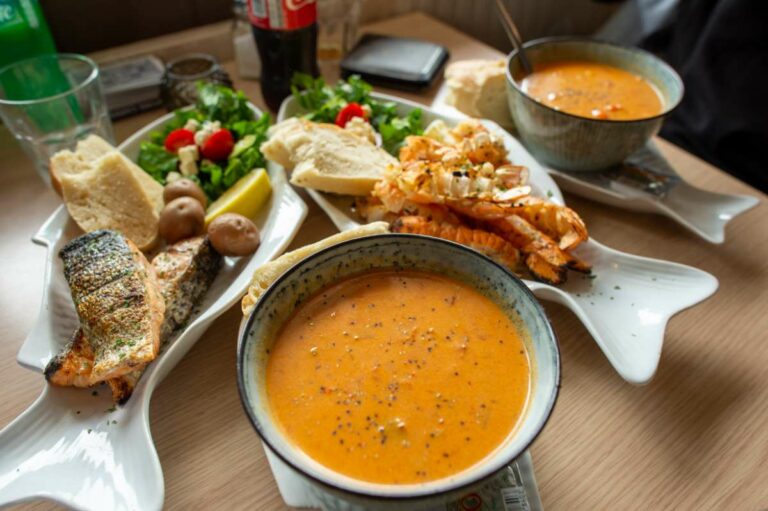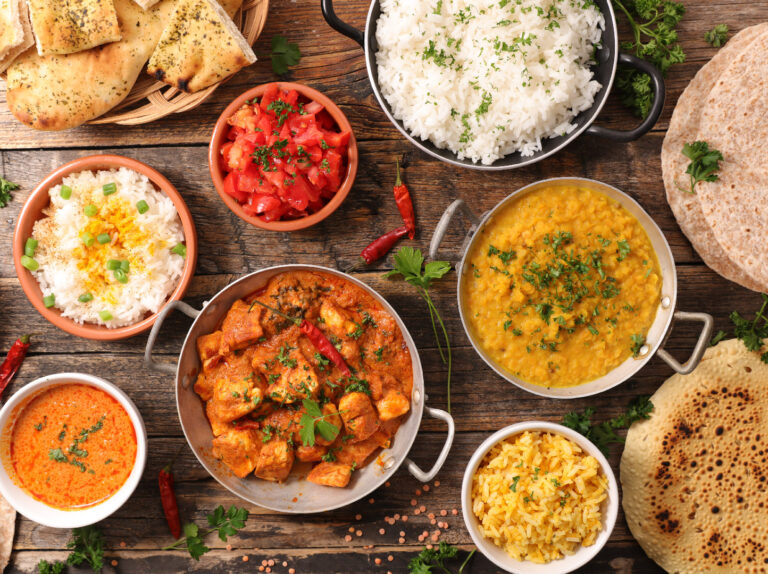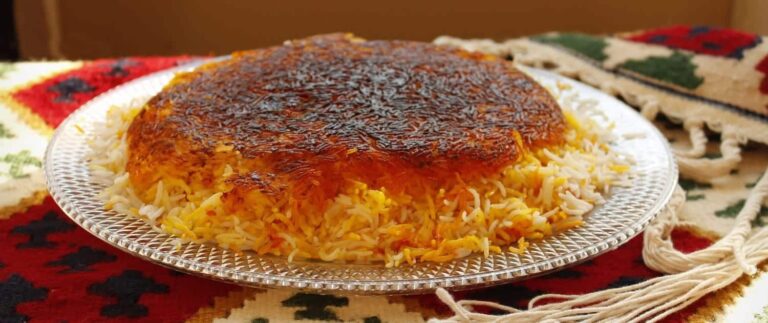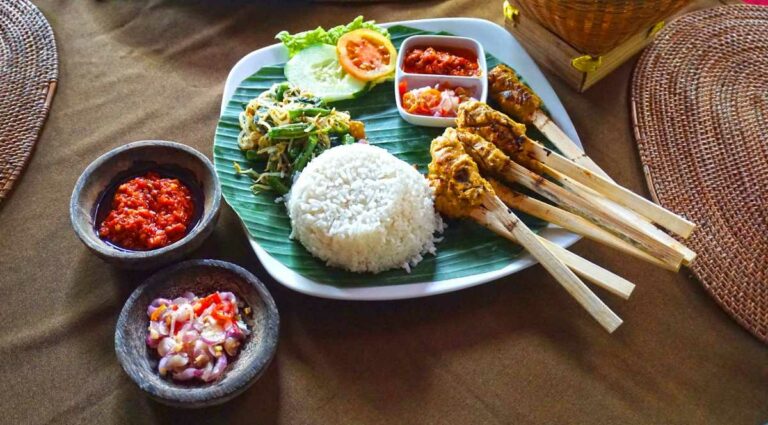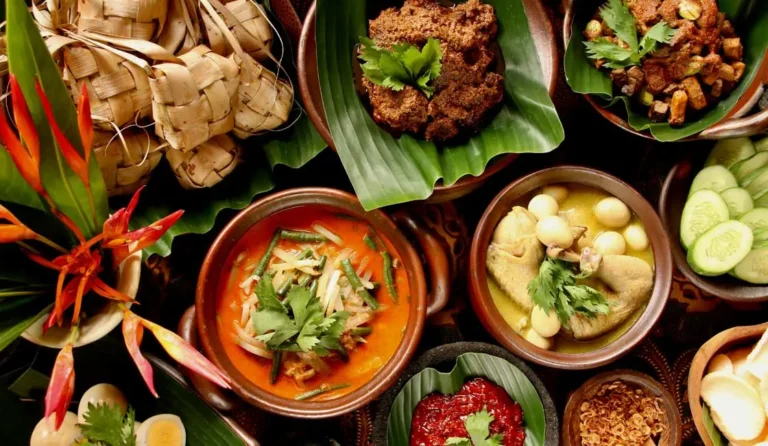Introduction: Exploring the Bold Flavors of Honduran Cuisine
Honduran cuisine is a flavorful and diverse blend of indigenous, Spanish, African, and Caribbean influences. It is known for its bold and spicy flavors, which are integral to many of its dishes. Honduran cuisine is not as well-known as some other Latin American cuisines, but it has gained popularity in recent years due to the rise of food tourism.
Honduran food is made from fresh and locally sourced ingredients, such as plantains, yucca, beans, rice, and seafood. It is also characterized by the use of spices, which add depth and complexity to the dishes. Honduran spices are unique and different from other Latin American cuisines, which makes it an exciting cuisine to explore.
Understanding the Role of Spices in Honduran Cooking
Spices play an important role in Honduran cooking, as they are used to enhance the flavors of the dishes. The spices used in Honduran cuisine are diverse, ranging from mild to hot, and they are used in different combinations and proportions to create distinct flavors. Honduran spices are not just used for heat, but also for flavor.
Honduran cuisine typically uses a lot of garlic, onion, and cumin, which gives its dishes a strong, savory flavor. Other common spices include annatto, coriander, oregano, and paprika. These spices are used to marinate meats, flavor stews, and give a kick to salsas and sauces. Honduran cuisine also uses different types of chili peppers, such as jalapeños, serranos, and habaneros, to add heat to the dishes.
The Key Spices Used in Honduran Dishes
Some of the key spices used in Honduran dishes include:
- Achiote (annatto): Gives a deep red color and a slightly sweet and earthy flavor to meats, rice, and stews.
- Culantro: A type of cilantro with a stronger flavor, used to season soups and stews.
- Cumin: Gives a warm, earthy, and slightly bitter flavor to meats, beans, and stews.
- Oregano: Gives a slightly bitter and pungent flavor to sauces, marinades, and soups.
- Paprika: Gives a smoky and slightly sweet flavor to meats, sauces, and stews.
- Chili peppers: Add heat and depth of flavor to many dishes, such as Honduran enchiladas, tamales, and chirmol.
These spices are used in different combinations and proportions depending on the dish, and they are often toasted, ground, or blended to release their full flavor.
How Honduran Spices Compare to Other Central American Cuisines
While Honduran cuisine shares many similarities with other Central American cuisines, such as Salvadoran, Guatemalan, and Nicaraguan, it has its own unique spice palette. Honduran cuisine tends to be spicier than other Central American cuisines, as it uses a wider variety of chili peppers and other hot spices.
Honduran cuisine also uses more annatto (achiote) than other Central American cuisines, which gives its dishes a distinct red color and a slightly sweet and earthy flavor. In contrast, Salvadoran cuisine uses more oregano and Guatemalan cuisine uses more cilantro. Nicaraguan cuisine, on the other hand, tends to be milder in terms of spice level.
Regional Variations in Honduran Spices and Flavors
Honduran cuisine varies by region, and this is reflected in the spices and flavors used in different parts of the country. Coastal regions tend to use more seafood and coconut milk in their dishes, while inland regions use more beans, rice, and meats.
In the western region of Honduras, a spice blend called recado is commonly used, which includes spices such as achiote, cumin, coriander, and garlic. In the eastern region, a sauce called chirmol is popular, which is made from roasted tomatoes, chili peppers, and spices.
Conclusion: Honduran Cuisine and its Vibrant Spice Palette
Honduran cuisine is a fascinating and delicious cuisine that is characterized by its bold and spicy flavors. Its use of spices, such as achiote, cumin, and chili peppers, adds depth and complexity to many of its dishes. Honduran cuisine is unique in its spice palette, which sets it apart from other Central American cuisines.
Exploring Honduran cuisine is a culinary journey into the vibrant and diverse flavors of this country. Whether you try baleadas, enchiladas, or sopa de caracol, you will experience the warmth, richness, and spice of Honduran cuisine.

